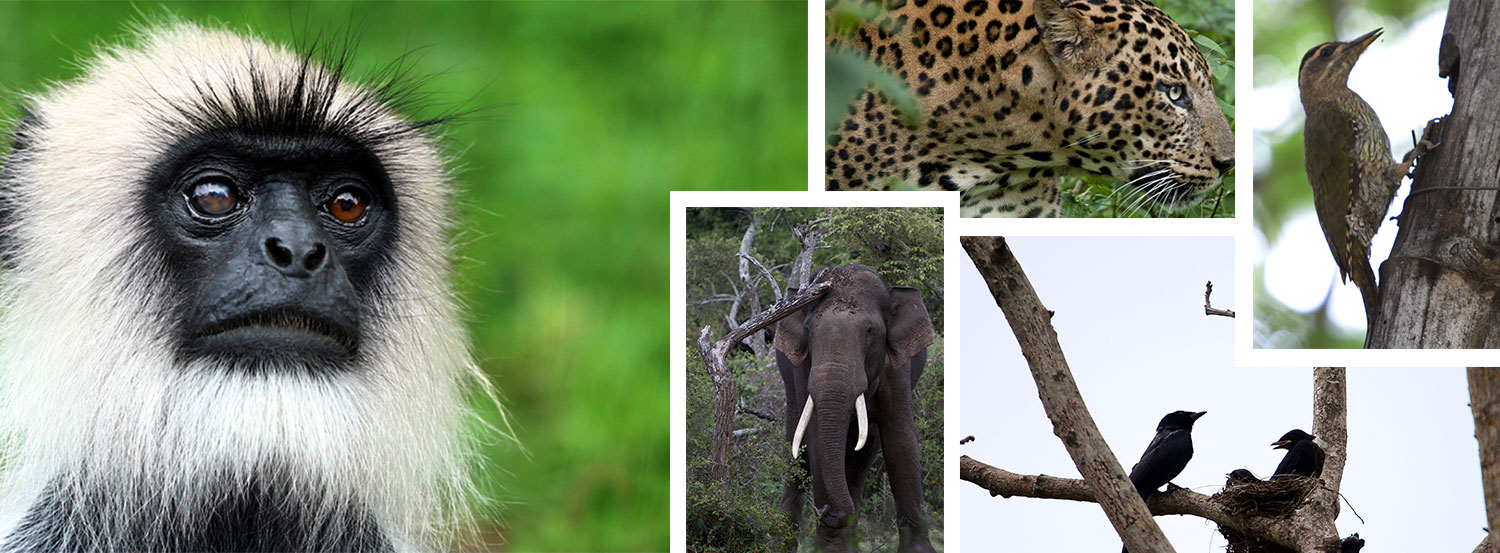The Wild
The forests of Meppadi are part of the Western Ghats and form part of the Nilgiri biosphere. The tropical rainforest shares borders with the neighbouring states of Tamilnadu& Karnataka. Common trees found in the surrounding forest include Thaani, Erul, Chadachi, Venteak, Kari Maruku, ChoraChadachi, Pala, Aal, Veete, Nelli, Kundhirikam, Njaval& Bamboo. Medicinal trees like Saracaasoca, elengi, Cassia fistula, Anacardium & Pterocarpussantalinus are the species commonly found. Wilderness is abundant in Wayanad where the best resorts in Wayanad are committed to protect them.The forest range is also home to endless varieties of birds, animals and reptiles. The most commonly spotted avian life from After the Rains one of the premium resorts in Wayanad include the black eagle, great hornbill, Indian peafowl, Asian houbara, Malabar grey hornbill, woodpecker, Whistling thrush, Tailor bird, Parrot, Fly catcher, Babbler, Peacock, King fisher, Cuckoo,Minivet, wood pigeon, Myna, Coucal, Sparrow, Owl and Water hen.
Mammals of the region include the Asian elephant, Blackbug, Gaur, Indian pangolin, Leopard, Nilgiri Langur, Nilgiritahr, Sloth bear, Malabar giant squirrel, Indian grey wolf, Nilgiri Marten, Indian crested porcupine, Barking deer, the Indian moupin boar, the Indian hare and many more. Some resorts in Wayanad can also be ideal areas to spot them.
Butterflies and dragonflies are found in abundance and common species of butterflies include Malabar banded peacock, common Mormon, Blue Mormon, Tailed jay, Lime butterfly, Red Helen, Malabar raven, Southern bird wing, Jezebel, Common albatross, Common grass yellow, Blue tiger, Bush hopper, Chestnut bob, Golden Angle etc.After the Rains has a butterfly garden where many species are spotted.
The ‘ritu’ or seasons of the year play a very important role in the life of the forest. During ‘venal'(summer) the region normally dries up, which is recharged at the time of ‘varsham’ (monsoon). Annual rainfall ranges from 3,000 to 4,000m.m.’Shishiram’ (winter) is the best time of the season where flowers blossom, trees are in bloom and greenery is everywhere. High velocity winds are common during the monsoon and dry winds blow in summers.







